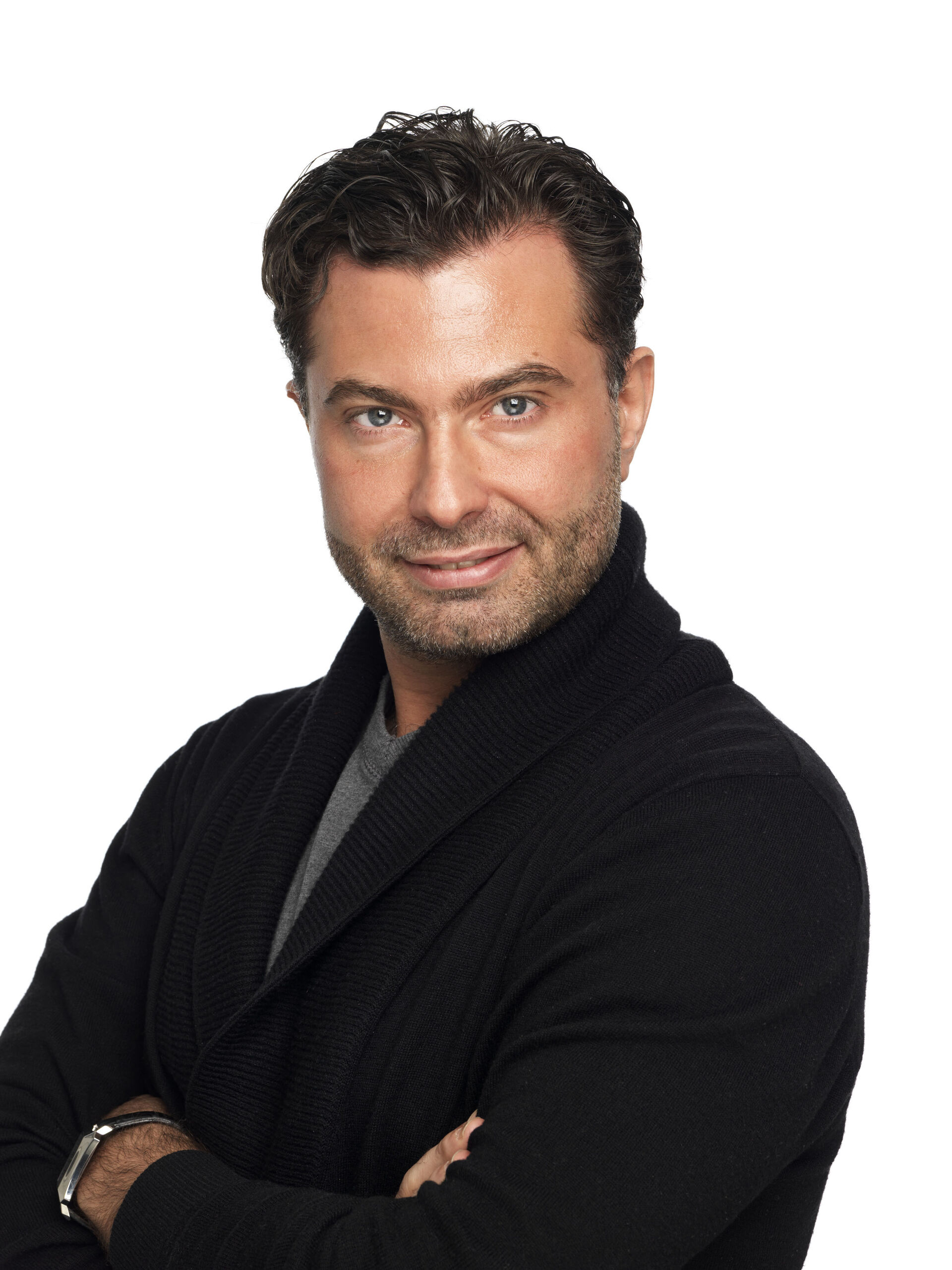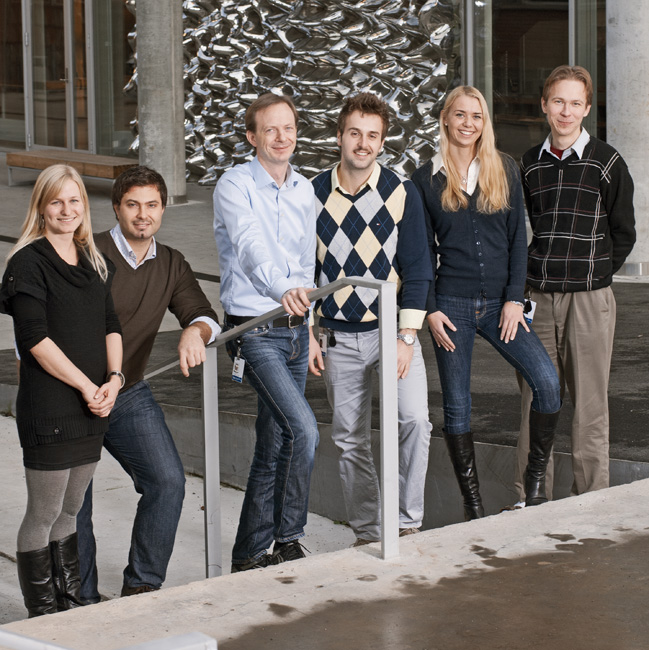How did you come to do your postdoc at NCMM?

I was fortunate to have met Ian Mils whilst I was doing my PhD in Finland. I was part of a consortium of several labs across Europe that had received a grant to fund PhD students. One of the labs involved was also the lab that Ian was a part of in Cambridge, UK. The consortium meant that we met regularly during my PhD. As my time as a student was coming to an end, a postdoc position in Ian’s group at NCMM opened up. This was a natural fit for me, as Ian and I had many research interests in common. The Mills group was relatively new but was already home to some great people. I had already benefited from Ian’s expertise and mentoring during my PhD and I knew that his group would be an excellent place to do my postdoc.
How did you find joining a relatively new centre and research group?
When I joined NCMM, it was a very small centre with around three research groups. It was a lean environment, almost like a startup. The group leaders were young and hungry for success, with some great funding and resources behind them. It was a very positive setting, where ideas were fermenting and anything felt possible. This of course came with some challenges. For example, some processes and procedures for more junior researchers were not always firmly in place. For me, though, it was an interesting time to be a postdoc because I felt able to steer projects and take advantage of things that might not have been possible in a larger and more established group. Thanks to Ian’s guidance and support I was able to start my own project and follow this up relatively independently.
I think NCMM sometimes struggled with being relatively unknown within the research environment in Oslo or disconnected from it. However, the Oslo Research Park setting also came with several benefits. For example, I was able to take a mini-MBA during my postdoc at the Centre for Entrepreneurship and later I became acquainted with many companies at the research park and within Startup Lab and ShareLab, two accelerators. A Norwegian startup that I co.founded was also accelerated within Sttartuplab. This was a great experience too. I also benefitted from the other expertise within NCMM, for example, George (Magklaras, former head of IT at NCMM) supported me with setting up the bioinformatics infrastructure needed for my project. This set the scene for the next generation of NCMM group leaders who today rely on this in the form of the Biotin 2 server which is now widely used by NCMM’s groups.
How did your postdoc help to prepare you for where you are now?
For me, it was all linked to my PI. Because Ian saw that I wanted to pursue my own project, he gave me the freedom (and support) that I needed to develop in the direction that I wanted. I felt he was extremely good at reading people and their skills and pushing them in the right direction. Having this freedom from the start helped me to be where I am today.
How did your move to the Institute for Cancer Research (ICR), Oslo University Hospital (OUH) come about?
Towards the end of my postdoc, I secured funding from Helse Sør Øst to continue as a postdoc in Ian’s group. This involved some collaboration with the Institute for Cancer Research (ICR) at Oslo University Hospital via a 20% position that Ian held there. During this time, Ian left Oslo for Belfast but we kept in close contact and I was able to finish off some of my projects with his support.
After this second postdoc, Kjetil Taskén (former NCMM Director) was able to fund me for a six-month researcher position at NCMM, this involved an ovarian cancer project that I am still working on with Kjetil today. Aside from this, I was able to secure other funding sources and, in 2019, I started my own projects. I’m now a project group leader at the Institute for Cancer Research in the Department of Tumour Biology, under the group of Eivind Hovig, who is also an NCMM Associate Investigator. Eivind helped me with establishing the Department of Tumour Biology as the host for my application.
It has certainly been quite a journey, but I feel lucky to have experienced different groups, different approaches to research projects, and different management and mentoring styles. I think this has been invaluable for my development, particularly now that I am becoming more independent as a researcher. Since moving over to the ICR, I can appreciate NCMM’s standing in the wider research landscape. It’s exciting and pleasing to see how the Centre is becoming ever more connected to hospital environments and other institutions, particularly via the growing NCMM Associate Investigator Network that I am honoured to be part of.
Could you tell me a bit about your group at OUH and what you are working on now, and do you still work with any former Mills group colleagues?
My group is based at the Department of Tumour Biology at the Institute for Cancer Research, OUH. Nikolai Engedal, who was part of the Autophagy project group at NCMM (which grew out of the Mills Group), has been part of my group for the past couple of years. He is now starting his own group, working on autophagy and prostate cancer. We have had several Masters students and the support of a technician. With Ian, we have also been part of establishing an international consortium with other groups in Finland, the UK, and the USA. This has connected us to a very nice collaborative and international environment.
In terms of our research, my main project involves looking at radiosensitisers. These are small molecules that can be used to enhance the effects of radiation to cure cancer. We also work on a class of proteins, called bromodomain-containing proteins. We have been examining whether they have a function in DNA repair, similar to that seen with the BRCA (famous because if mutated predisposes to increased risk to develop cancer). Another aspect of our research involves working to better understand the cause of prostate cancer relapse in patients. We look holistically at whether certain types of transcriptionally defined cells might be harbouring specific features that can foster cancer stem cells’ ability to change their phenotype. Understanding this can potentially shed light on how these cells become resistant to the drugs currently used to treat prostate cancer. As part of this, we are also looking at the cancer microenvironment. This involves examining the interaction between cancer cells and the other surrounding cells that are nourishing the cancer, thereby contributing to this response to cancer treatment.
Finally, we also work with core bioinformatics. We want to be able to better stratify prostate cancer patients for the right treatments. Most of the work here has involved DNA mutations where there is a binary reading; either there is a mutation or there is not. How this mutation of the DNA contributes to the cancer phenotype is not very well understood. We believe that by looking at the RNA, or cancer cells defined by RNA configurations, we could better define tumor trajectories. Understanding this would then help to better inform what type of treatment the patient should receive.
Learn more about the Urbanucci project group, including open positions, at https://www.ous-research.no/urbanucci/
